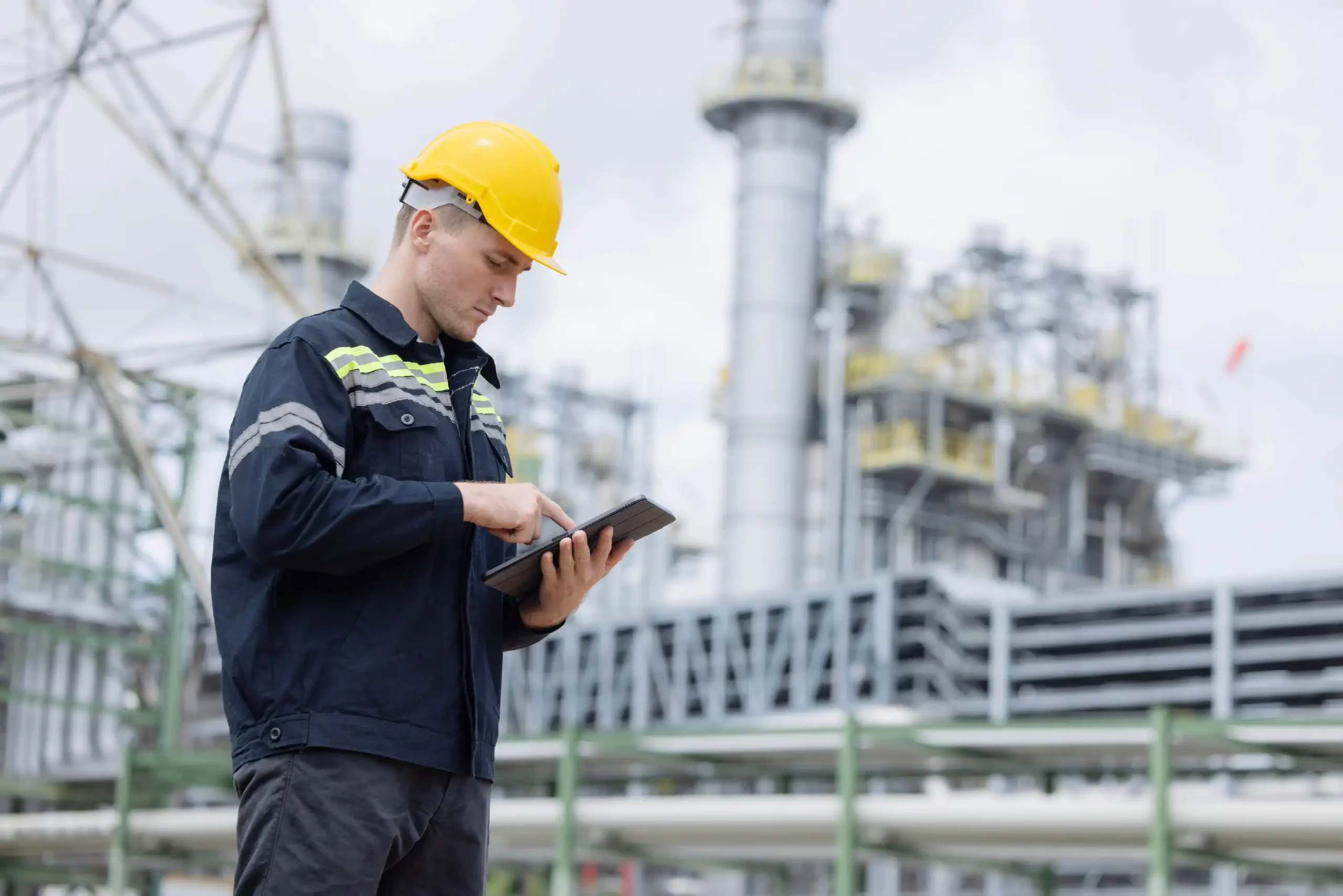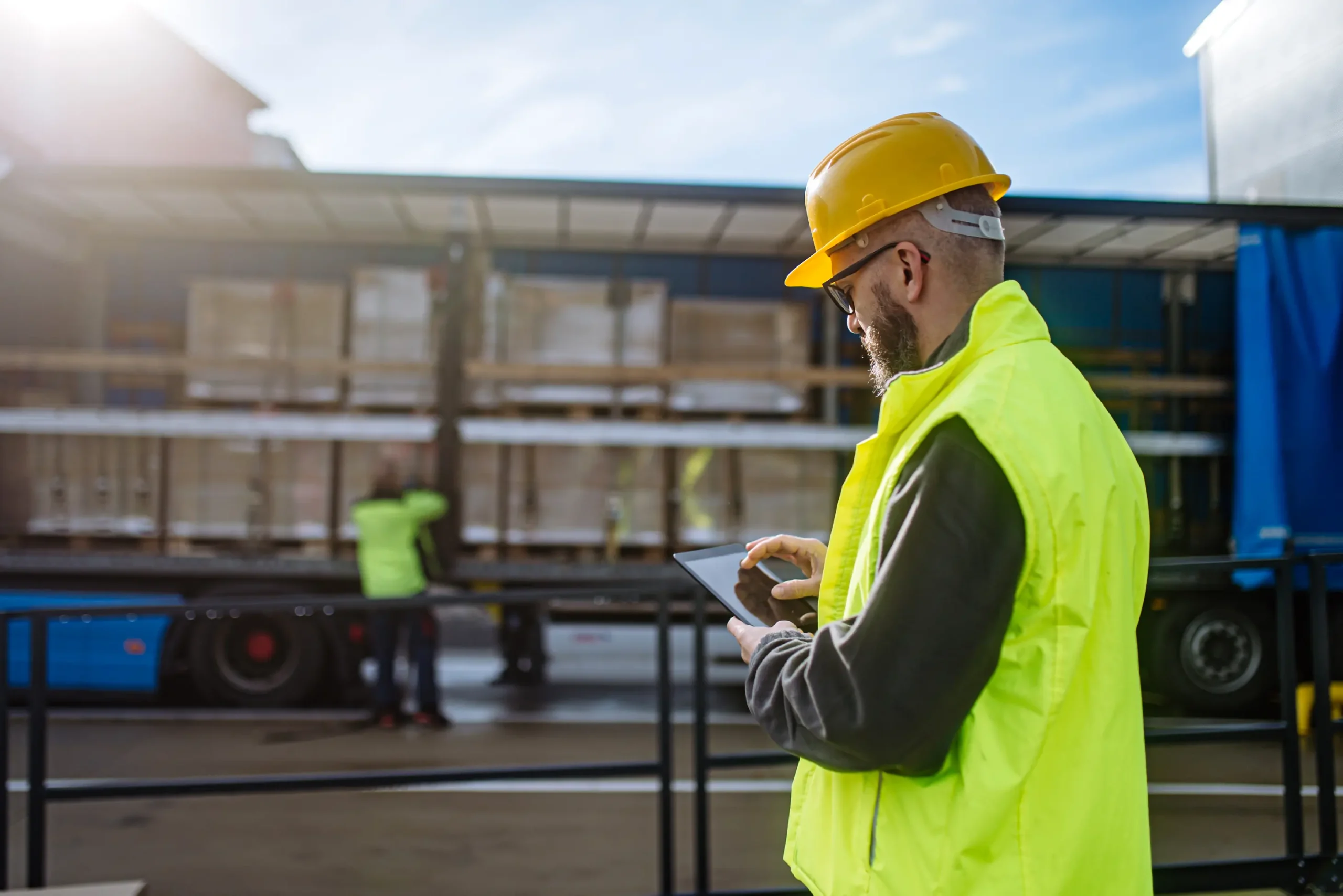We are hearing more and more about beacon technology in business environments, and not only associated with retail. With the development of the Internet of Things, it seems that this technology is here to stay.
Although it has only been around for less than five years, it has already evolved enough to be much more than just a tool to connect large supermarket chains with their customers. Today, it is also used as a first-rate resource to support business mobility and will soon become essential for managing all processes in which field workers are involved.
In addition to explaining what beacon technology is, in this article we will also see what benefits it has for workers and companies, as well as some examples of how it is being used in internal locations.
Suffice it to say that its name means ‘beacon’, in English, to understand that its primary function is to send positioning signals. They operate via Bluetooth, have a range of 40 or 50 meters and stand out for their high accuracy. They are also much more reliable than GPS indoors.
These are small devices the size of a 50-cent coin that incorporate the beacon and a button battery. Their price varies according to their material, whether they are made of plastic or metal, but in any case they are very affordable. Consumption is also low – one battery lasts several years – and, because they take up so little space, they can be placed almost anywhere.
The signals they emit reach all smartphones within range. However, in order to be able to communicate with them, it is necessary that they have an application capable of reading these signals.
Some models can be combined with wifi technology. In this way, they serve both as a router and to collect information from all wifi or bluetooth devices connected in their environment. And it can also send this information to management tools located in the cloud.
Theadvantages of using this real-time data transmission technology are manifold, but the ability to personalize our offers based on customer location and other data we know about them stands out.
This is what shopping malls do when they detect the presence of a potential buyer and send a discount voucher to the cell phone to be redeemed at the shoe store in front of them, since they know they are a regular consumer of that brand. Once in the store, you may also be offered other products that match the discounted item, encouraging cross-selling.
Moreover. Suppose our customer has stopped at a certain pair of shoes. Through our app we can send you useful information such as the availability of sizes, colors or prices of other similar models and their location within the store.
Each company can develop different applications for the phone in order to reach all its customers more effectively, even if they have different profiles. Even our business app can anticipate your needs, as we will see in the following examples.
Using a smartphone to communicate with a network of beacons can be used to guide users in large spaces such as airports, shopping malls or large events.
– The London Underground uses this technology to facilitate access to trains for blind people.
– Some supermarket chains have mobile applications that allow their users to immediately locate all the products on their shopping list.
– At fairs and festivals, this technology is used to provide real-time information about last-minute changes in the program or booth location.
In a business environment characterized by mobility, beacons are also used to streamline the tasks of personnel working in the field. Thanks to this technology, workers can access the program, update the status of their appointments, upload information to the system, request technical support, etc. And all in real time, which eliminates the tedious bureaucracy that always accompanies this type of function.
A company does well when its customers do well. In other words, it is imperative for companies to achieve customer satisfaction and improve the customer experience in order to be competitive. And this involves satisfying its own organizational needs.
Workers will be more productive and motivated if management processes do not interfere with their tasks. And there is no doubt that beacons can contribute greatly to achieving these objectives in different sectors.
Sending relevant contextual information to employees, or to customers, enables not only greater efficiency, but also a higher return on investment. Not to mention that access to a large amount of analytics will allow for continuous improvement of business processes, and strictly commercial ones.

07 Nov 2025
Measuring to improve: why your digital form needs KPIs
In the current business scenario, where efficiency and traceability are key to competitiveness, the digital form has become an essential resource for capturing, organizing and analyzing data in real time….

04 Nov 2025
How to integrate eCMR into your company: A step-by-step guide to digitizing transportation
We have already talked several times in this blog about the importance of starting the digital transformation of transportation with document digitalization or eCMR. On this occasion, we are going…

31 Oct 2025
How digital forms drive sustainability in industry
Digital forms have gone from being a simple operational tool to become an essential component of industrial sustainability strategies. Beyond replacing paper, its use transforms the way organizations collect, manage…

29 Oct 2025
Supply chain challenges and the key role of digitization
The 15th edition of the AECOC Supply Chain Congress brought to the table the main challenges facing the supply chain in an uncertain, volatile and highly competitive environment. Under the…